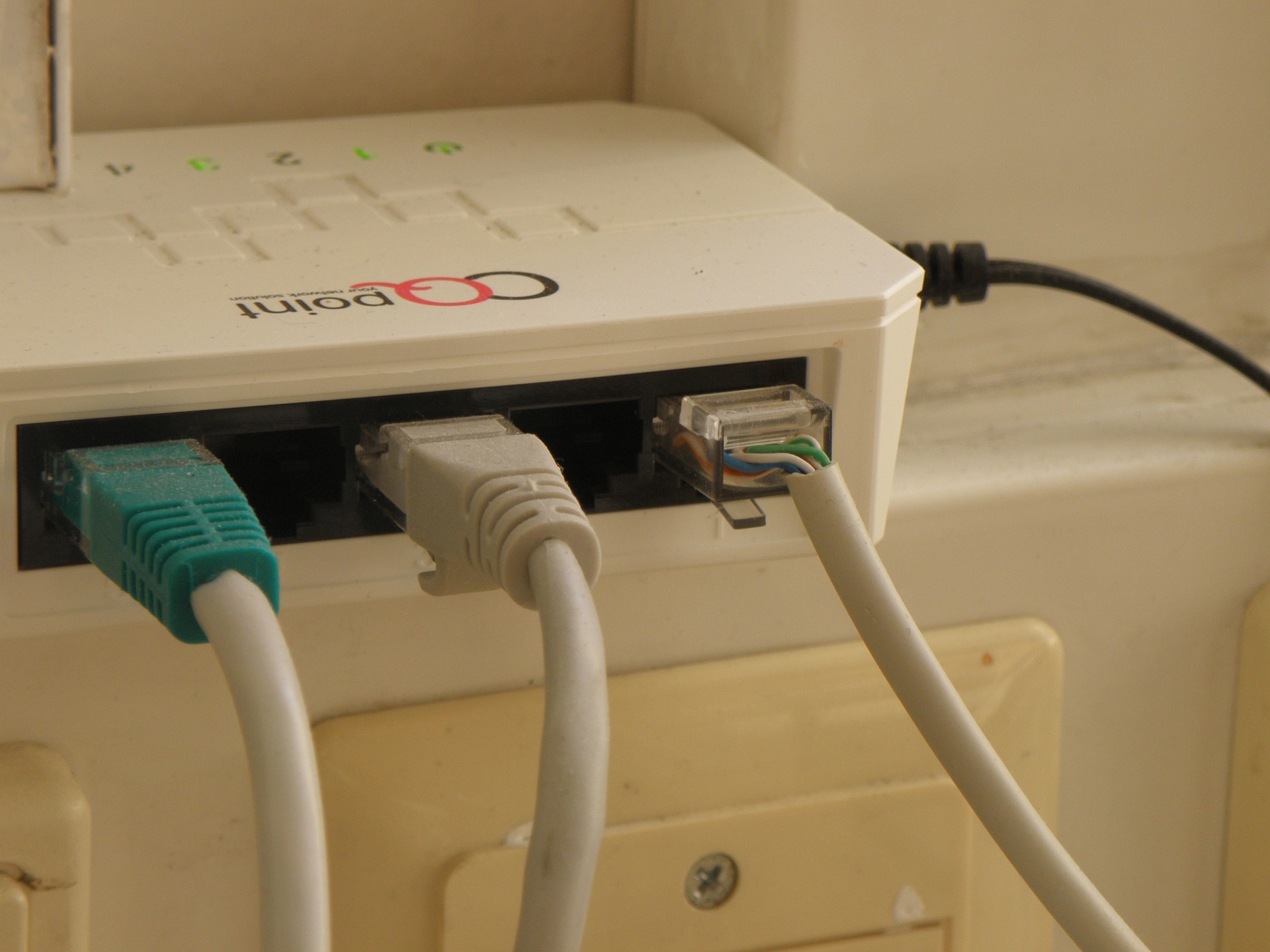Decoding the Next-Generation Internet Protocol: IPv6
As we integrate digital technology into every aspect of our lives, the demand for internet connectivity continues to increase. One revolutionary development shaping the internet's future is Internet Protocol version 6 (IPv6). While not a new concept, its implementation is more crucial than ever as we exhaust the IP addresses available under the current protocol, IPv4.

IPv6 is the next-generation Internet Protocol version designated to replace IPv4. Its development dates back to the mid-1990s when the Internet Engineering Task Force initiated it, recognizing that IPv4 addresses would eventually run out. Known for its large address space, IPv6 is set to accommodate the expanding internet user base and the surging demand for IP addresses.
Today, the telecom industry is grappling with the IPv4 address exhaustion, and the deployment of IPv6 has become a necessity. It is not just about capacity; IPv6 also introduces enhancements in areas like routing, network configuration, and security protocols.
The transition to IPv6 is a complex process that presents both opportunities and challenges. It requires substantial investment in upgrading network infrastructure and reconfiguring systems. Meanwhile, the industry faces the dual task of supporting IPv4 while rolling out IPv6, which adds to the complexity.
Yet, the benefits of IPv6 go beyond expanded address space. It can improve packet processing, provide better multicast routing, and simplify network configuration. These improvements can boost the efficiency and reliability of internet services, making them more robust and responsive.
While the adoption of IPv6 is progressing, it is not without hurdles. Some internet service providers (ISPs) are still reluctant to invest in the transition, citing cost and complexity. Users, too, may need to upgrade their hardware to be IPv6-compatible, adding another layer of difficulty.
The slow adoption of IPv6 is a concern as the demand for IP addresses continues to grow. Experts predict that businesses and ISPs that delay the transition risk facing service disruptions and increased costs in the future.
The advent of IPv6 marks a significant shift in the internet and telecom landscape, and its successful deployment is critical for the continued growth of the digital economy. As we navigate this transition, it’s crucial to understand the intricacies of IPv6 and its implications for the future of internet connectivity.




